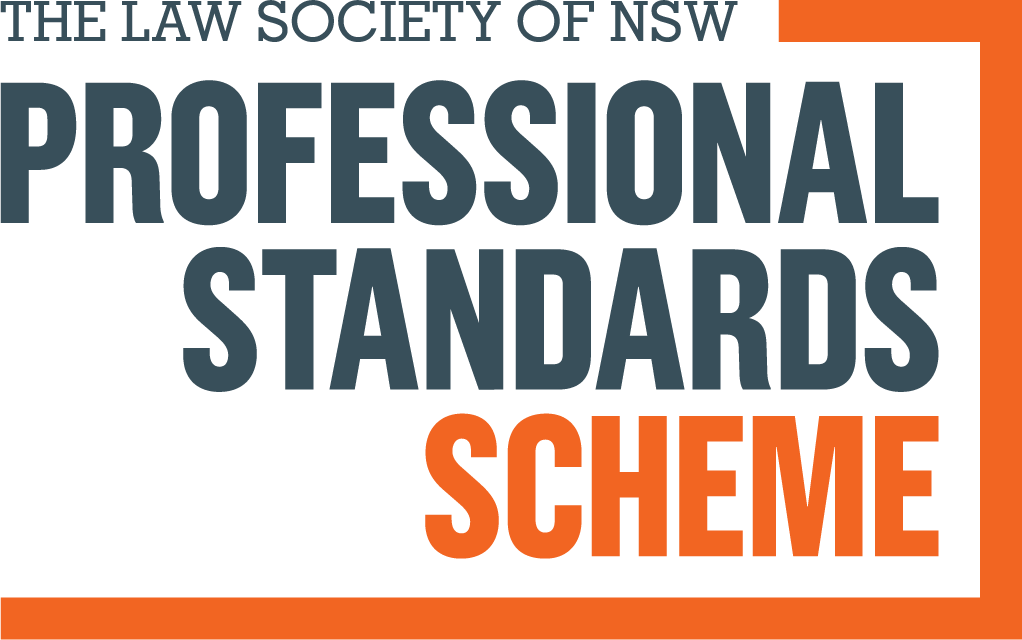- GET ADVICE, CALL US NOW02 9281 5088

Szabo & Associates News & Updates
Existing Use Rights and Planning Law: Saffioti v Kiama Municipal Council
Background
Ms Saffioti owns a block of land in Kiama on the southern coast of New South Wales. Except for her existing small dwelling, the rest of the block of land is covered in native vegetation. Her initial development proposal was to build another small dwelling with a garage on another part of the block. The Council did not contest that Ms Saffioti had an existing use right in respect of her existing property but argued that this could not be extended to the entire block because new zoning laws only allowed developments satisfying environmental conservation requirements.
This decision by the Council was then followed by three separate visits to the Land and Environment Court over her plans to build on her block of land, central to which was the concept of existing use rights.
Key concept: existing use rights
Existing use is defined as “the use of a building, work or land for a lawful purpose immediately before coming into force of an environmental planning instrument which would, but for Division 4 Part 4 of the Environmental Planning and Assessment Act 1979 (EPA Act) have the effect of prohibiting that use”.
The concept of existing use rights allows for the use of land that was originally lawful but subsequently became unlawful by a change in a local environment plan, or another planning instrument, after the use had begun.
The cases
1) Saffioti v Kiama Municipal Council (2017) NSWLEC 65
In this first case, the Land and Environment Court had to consider what part of Ms Saffioti’s block of land the existing use benefit could be applied to. The Court based its decision primarily on whether the land had been subdivided.
Ms Saffioti owns a dwelling on her block of land in Kiama. The rest of the land was covered in bush. The Council conceded that she had an existing use right in respect of the existing building but, as the land was now only zoned for environmental conservation, her request for a replacement dwelling in a different part of the block was declined. The Council submitted that only the site of the existing dwelling and its immediate surroundings had the benefit of existing use rights, whereas Ms Saffioti considered that the whole of her 9.3 hectares site enjoyed these rights.
Ms Saffioti argued that the original development consent for the existing dwelling implicitly approved the whole of the block of land for the purpose of a dwelling house, especially as there was no evidence of different uses of the land.
The Land and Environment Court acknowledged the fact that the land had not been subdivided in any way, either by usage or physically, and found that the existing use right could be applied to the whole block of land. In accordance with these findings, the Court decided that the new development should be allowed to proceed.
2) Saffioti v Kiama Municipal Council (2018) NSWLEC 1426
Following the first decision, Ms Saffioti later lodged a revised development application to erect a new dwelling on her land and use the existing dwelling as an art studio. Again, this was not accepted by the Council and she appealed the decision to the Land and Environment Court.
The key question for the Court was the extent to which the applicant’s existing use rights deviated from the Kiama Council’s local environmental and development control plans along with the expected impact there might be on the overall ecology of the site and the native vegetation to be found there.
The Court Commissioner declined the appeal because what she planned did not meet the environmental requirements of the Council’s environment and development control plans.
Ms Saffioti appealed against this finding.
3) Saffioti v Kiama Municipal Council (2019) NSWLEC 57
The subsequent appeal was heard by the Chief Judge of the Land and Environment Court but it failed on all grounds.
Among her arguments, Ms Saffioti claimed that the Commissioner had denied her procedural fairness by failing to provide an “amber light” about his concerns (an approach previously adopted by some Commissioners) so that she was prevented from modifying her proposal in accordance with the concerns and increase the chances of success.
The Chief Judge rejected this argument finding that the “amber light” approach had no statutory basis and the Commissioner was not obliged to allow an applicant to provide alternative solutions that would meet the local development control requirements.
The Chief Judge found she had not established any of her grounds of appeal. The Commissioner had not erred on a question of law in deciding to refuse consent to her development application and the appeal was dismissed.
What does it mean?
These various appointments with the Land and Environment Court demonstrate the ongoing importance of existing use rights in NSW planning law and the importance of the history of a development site in any subsequent determination of the nature and extent of existing use rights.
Any application that relies on existing use rights will need to be carefully considered to determine which parcel of land is to benefit from the existing use rights.
In assessing an application, based on existing use rights, local environment and development control plans need to be considered carefully.
When hearing planning appeals, Commissioners are not obliged to give guidance to an applicant seeking development consent, the purpose of which would be to alert the applicant to any issues that might prevent approval and allow modification of the application to make it acceptable.
The issues raised in these development requests demonstrate the complexity of some of the matters that the Land and Environment Court is required to consider.
Contact our Land and Environment Court Solicitors, Sydney, NSW
Szabo & Associates Solicitors are experienced practitioners in all Land & Environment Court matters. If you require advice or assistance concerning such issues please call us on (02) 9158 6333 or fill in our online contact form.
By accepting you will be accessing a service provided by a third-party external to https://szabosolicitors.com.au/
Individual problems require individual solutions
For more information or to book a consultation, call us on
02 9281 5088




